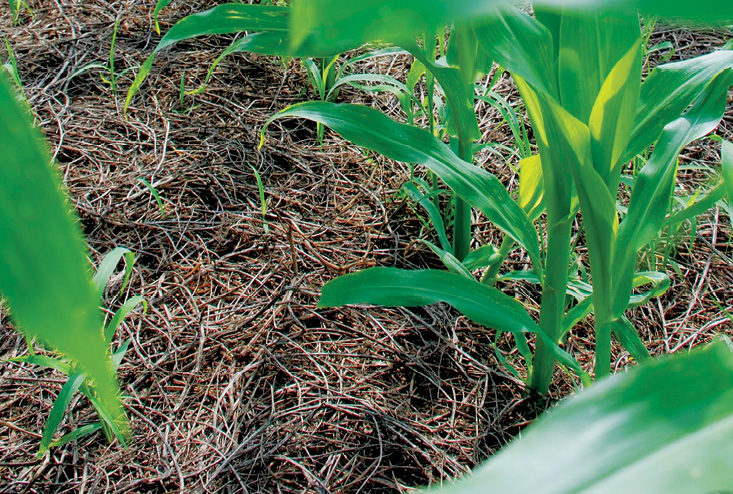It's widely held that cover crops impact the soil for the better. However, a team of U.S. and Argentine researchers has refined the understanding of how cover crop impact the soil biome.
In a study published in April in the journal Agronomy, researchers set out to use genetic sequencing down to the level of genus.
If high school biology is hazy, the genus is the level immediately above species in how living organisms are classified (the others are, in descending order: Domain, Kingdom, Phylum, Class, Order, Family, and Species). Previous analysis in 2021 was able to identify responses to various communities to cover crops and nitrogen (N) fertilizer down to the level of the phylum, but a phylum is a very diverse grouping. For example, a dairy farmer and his cow are in the same phylum.
"Due to the wide ecological and functional diversity within each phylum, these bioindicators are still too low in taxonomic resolution to infer on more specific microbial processes," the researchers write.
Researchers set up a standard cover-crop rotation on experimental farms at the Northwestern Illinois Agricultural and Demonstration Center. For two growing years, 2018-2019 and 2019-20, they planted corn on small plots, applied urea ammonium nitrate (UAN) 28%, harvested the crops. and then planted a mix of cereal rye and hairy vetch in the fall. Researchers did not apply phosphorus (P) or potassium (K) fertilizers to the test plot.
Researchers next collected samples of the soil in April 2019 and April 2020, and then terminated the crops with glyphosate. Next, they extracted DNA present in the soil and then sequenced them to identify the genera present and interpret the results.
Nitrogen fertilizer acidified the soil by more than a unit of pH, which shifted the soil environment to favor bacteria, fungi, and other soil denizens that favor more acid environments, according to their results. Cover crops readily absorbed nitrate, but had no impact on ammonium present in the soil.
"Overall, our results demonstrate that while cover crops can effectively reduce the risks of NO3- leaching, it has a limited ability to alleviate soil acidification from NH4+ fertilizers," researchers write.
Researchers also found some genera present that had been identified in a 2021 study of bacterial signatures on land with heavy N use, even after cover crop introduction.
"The different assortments of indicators before and after introducing cover crops (this study) indicated that cover crops did shift the soil microbial community of corn monocultures," they write. "However, this shift was outshined by the dominating effects of N fertilization."
Other types of bacteria that feed on the waste byproducts of bacteria that thrive in high-pH environments also showed up in the gene sequencing.
Meanwhile, a non-fertilized control plot showed a much more diverse range of bacteria present, researchers wrote.
"Overall, cover cropping has the potential to improve the soil health of a simplified cropping system by increasing its soil diversity, but it's short-term use may have a limited impact in a heavily fertilized system," they write.
Researchers Nakian Kim, Chance W. Riggins and María B. Villamil of the University of Illinois Department of Crop Sciences, Sandra L. Rodriguez-Zas of the university's Department of Animal Sciences, as well as María Zabaloy of the Universidad Nacional del Sur in Argentina, and Marco Allegrini of the Universidad Nacional de Rosario in Argentina, participated in the research.






Post a comment
Report Abusive Comment